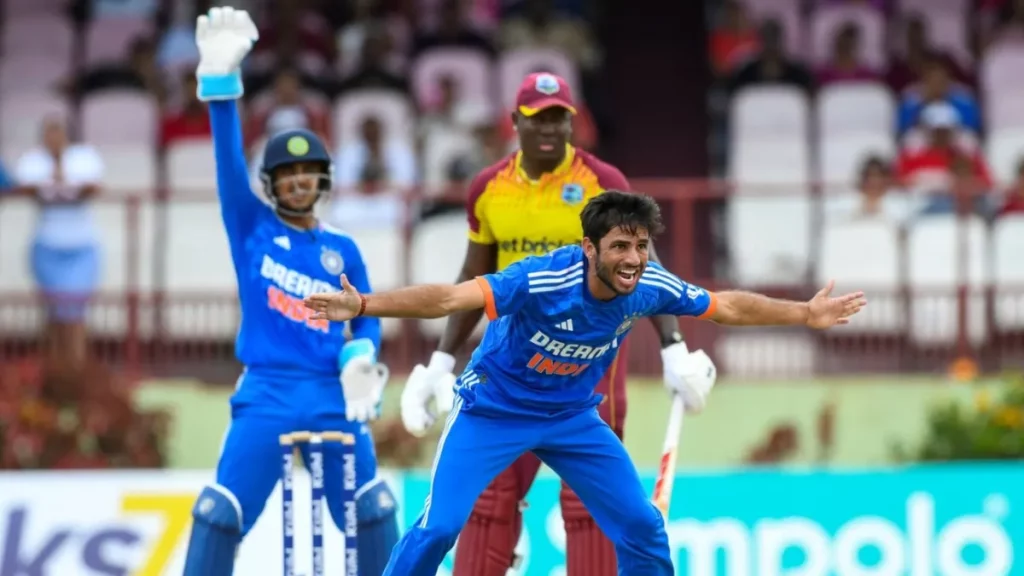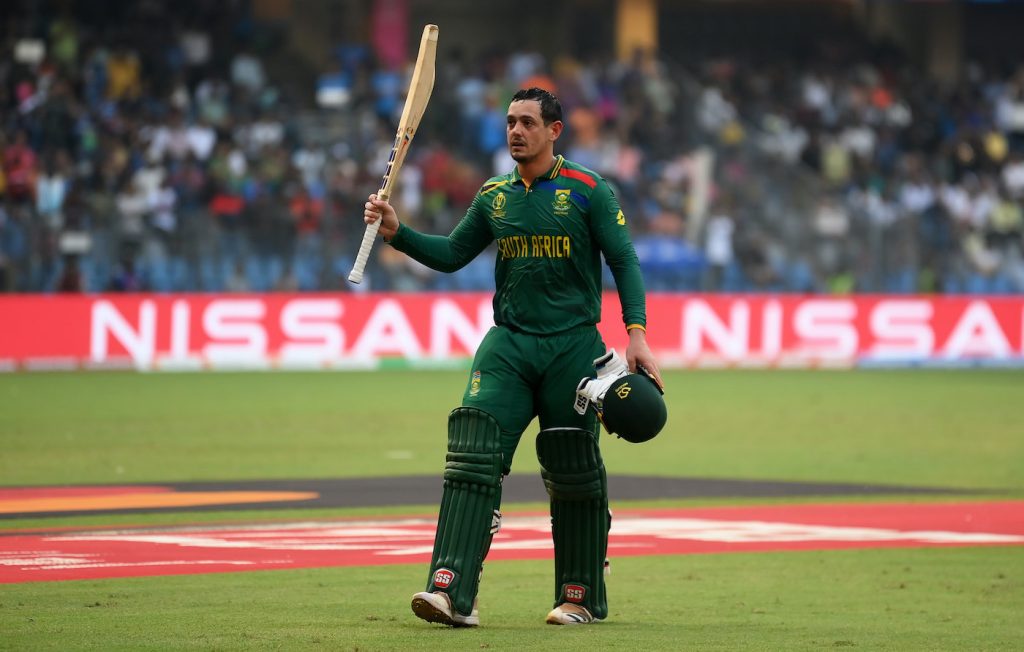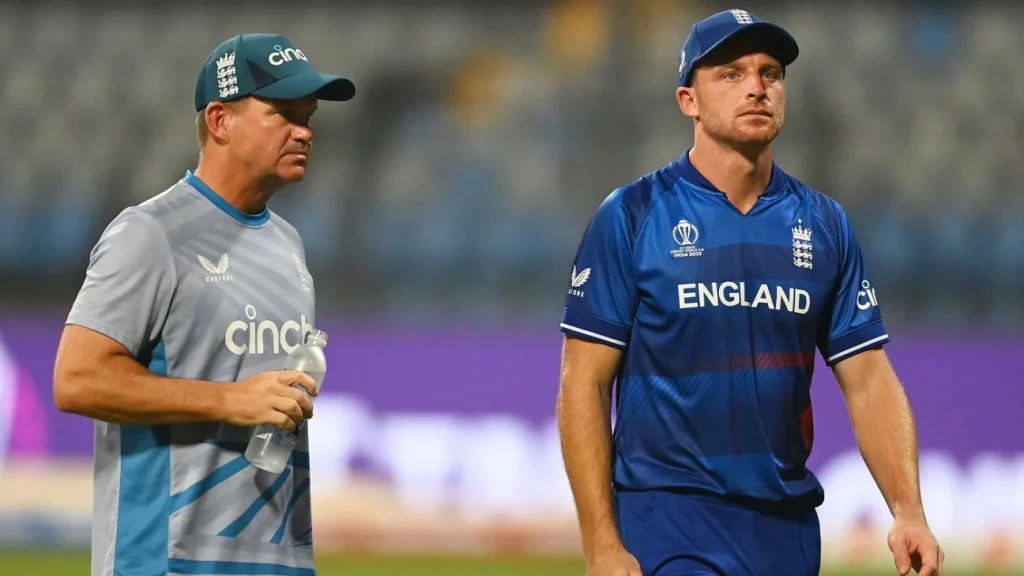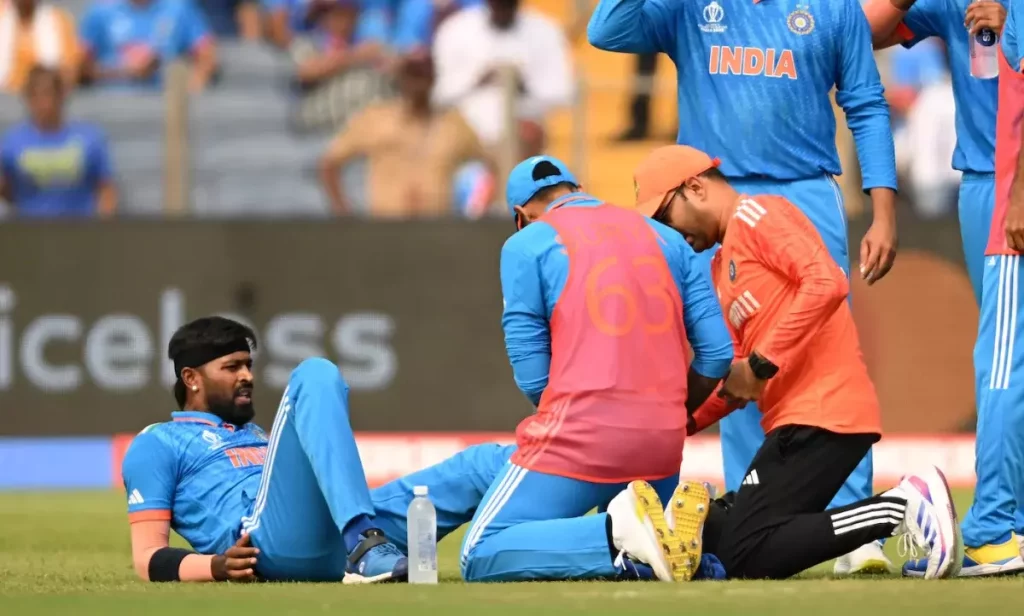The International Cricket Council (ICC) has introduced a notable change in the playing conditions, particularly affecting how stumping appeals are reviewed in cricket.
As of December 12, 2023, when a stumping appeal is referred to the TV umpire, they will no longer check for a caught behind incident.
This modification is a departure from the previous practice where the TV umpire could check for an edge during a stumping referral, even without a Decision Review System (DRS) review being explicitly used for it.
Implications of the New Rule
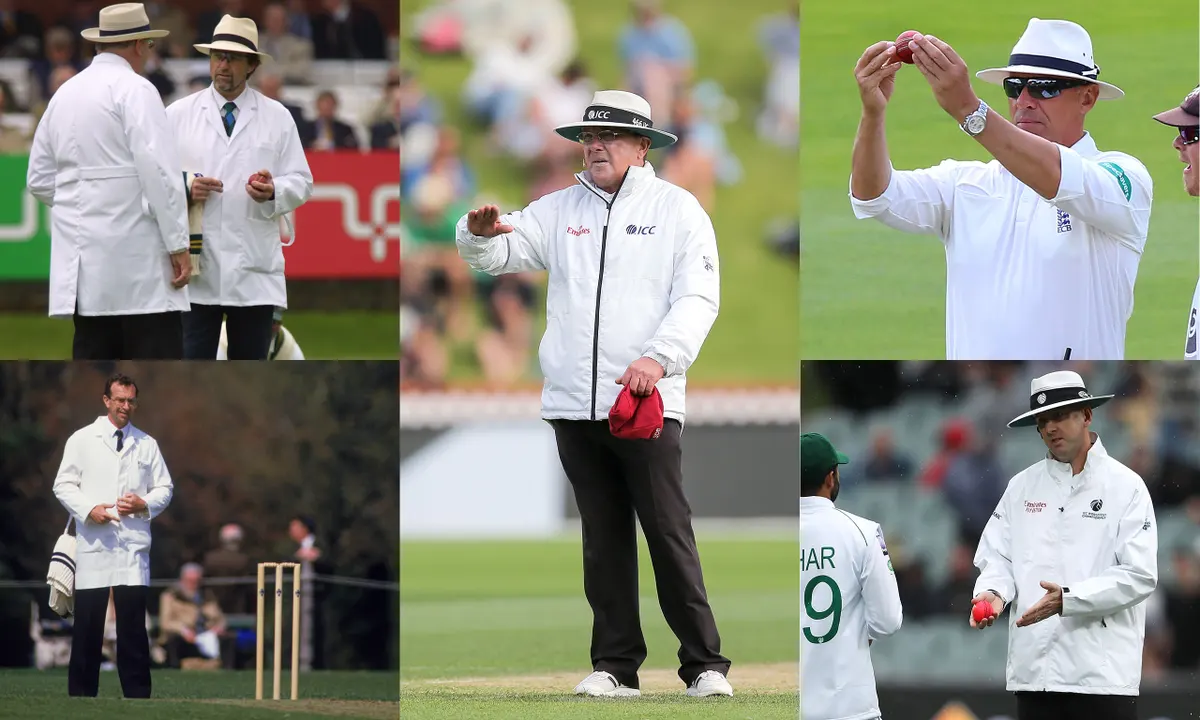
The new rule mandates that if a team wishes to review a potential caught behind decision when the wicketkeeper has also removed the bails, they must now do so separately using the DRS.
This change aims to streamline the review process, ensuring that each appeal is distinctly addressed.
It also prevents the fielding team from gaining a ‘free review’ for a caught behind during a stumping referral, thereby maintaining the integrity and intended use of the DRS.
Case Study: The Australia-India Series
This change was likely influenced by occurrences in the series between Australia and India, where Australian wicketkeeper Alex Carey’s stumping appeals often led to the TV umpire checking for an edge without a DRS review.
The new rule ensures that such instances are more systematically handled, with stumping referrals now only displaying images from the side-on camera without checking for a nick.
Concussion Substitution Rule Clarified
Alongside the stumping review amendment, the ICC has also refined the concussion substitution rule.
Now, if a player is replaced due to concussion, the substitute player is not allowed to bowl if the replaced player was suspended from bowling at the time of the concussion.
This clarification ensures fairness and consistency in the application of the rule.
Time Limit for On-Field Assessments
Additionally, the ICC has set a four-minute time limit for on-field injury assessment and treatment.
This change is likely aimed at maintaining the pace of the game while ensuring player safety is not compromised.
Conclusion: Enhancing the Game’s Integrity
The ICC’s latest amendments to the playing conditions, particularly concerning stumping appeals and concussion substitutions, reflect a continuous effort to refine the game.
By clearly separating the processes for stumping and caught behind reviews, the ICC aims to enhance the accuracy and fairness of umpiring decisions.
Similarly, the updated concussion substitution rule ensures that the integrity of the game is maintained, even in situations requiring player replacements.
These changes, while seemingly minor, are significant steps towards upholding the spirit and competitive balance of cricket.
